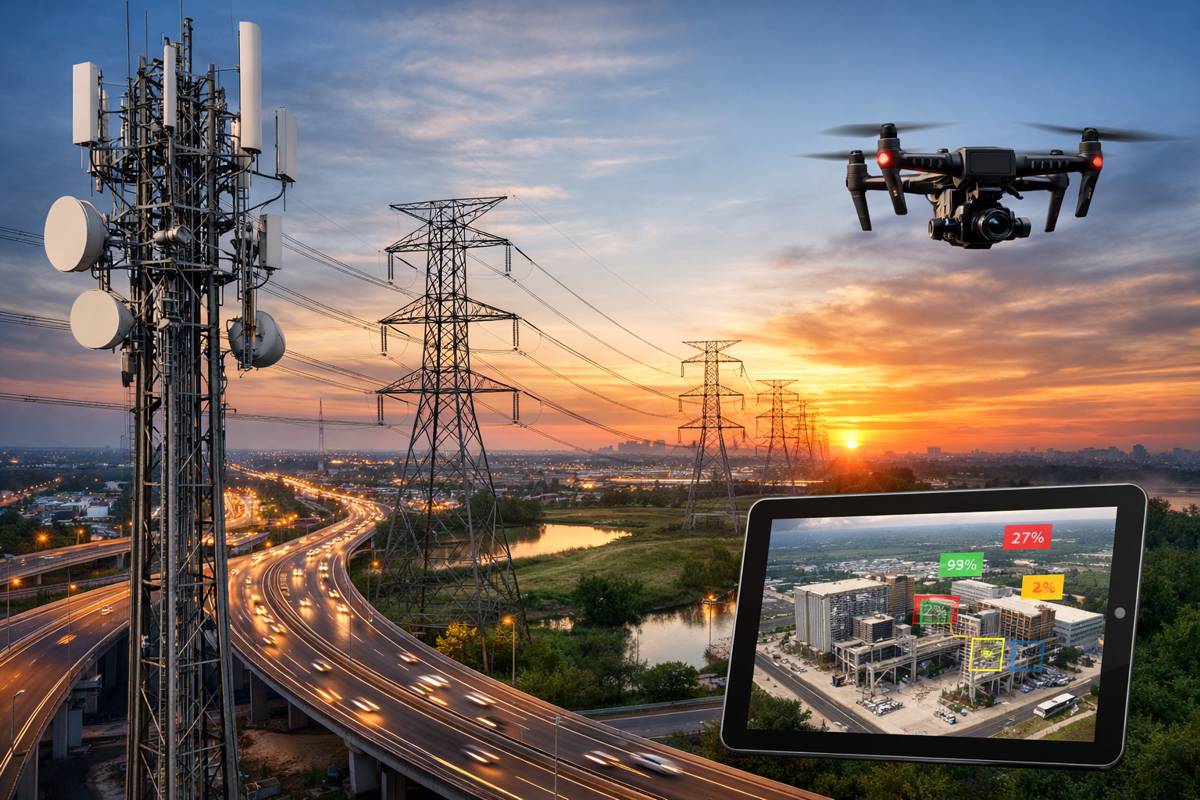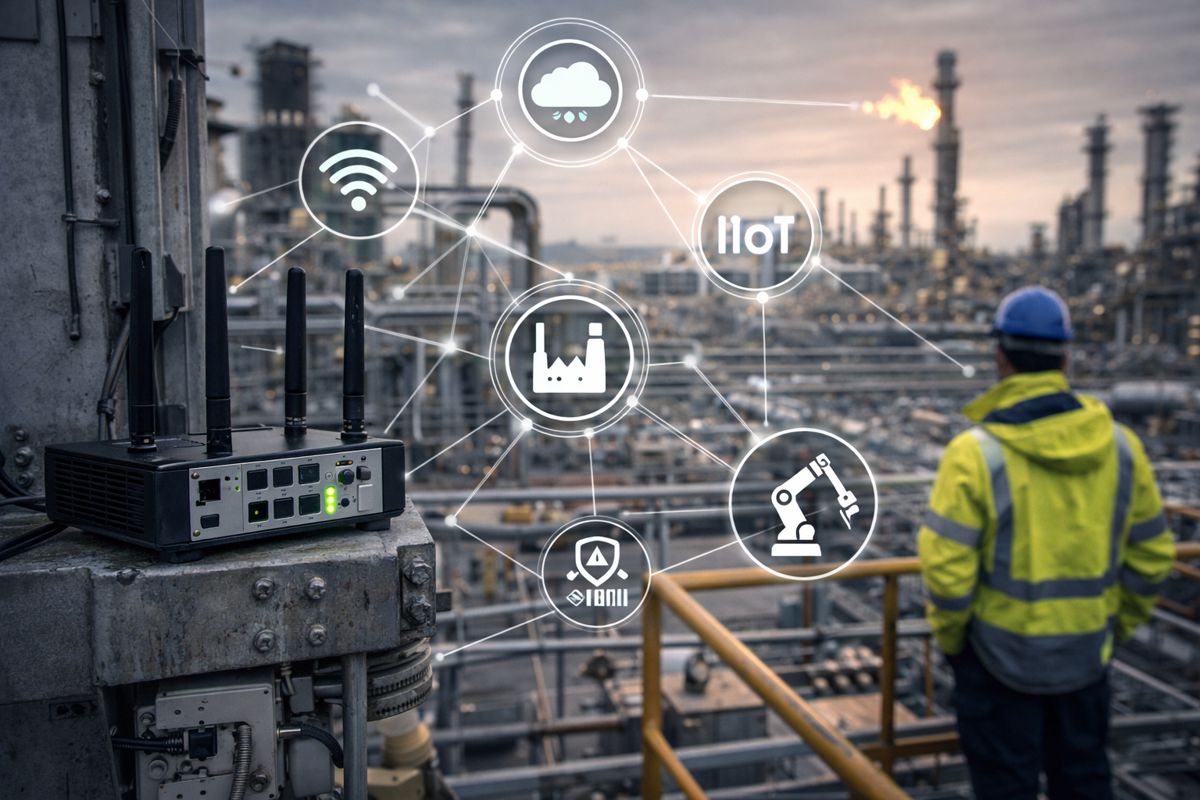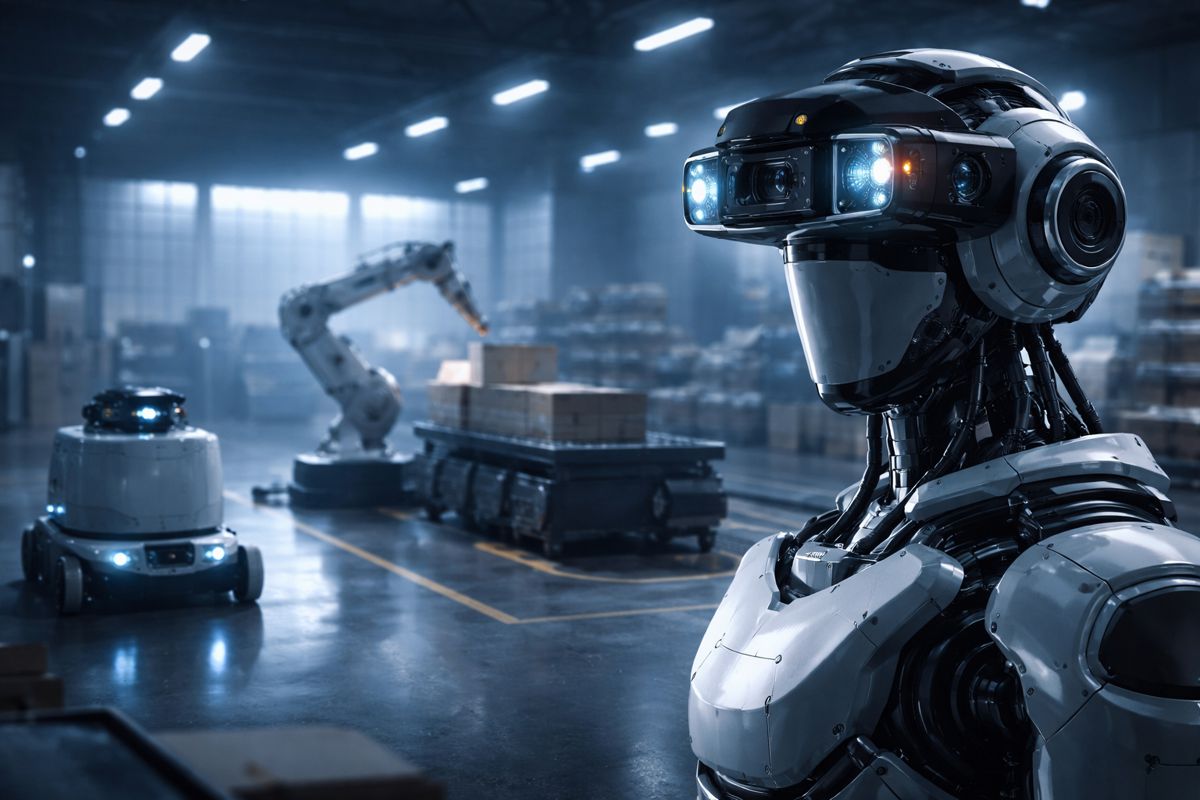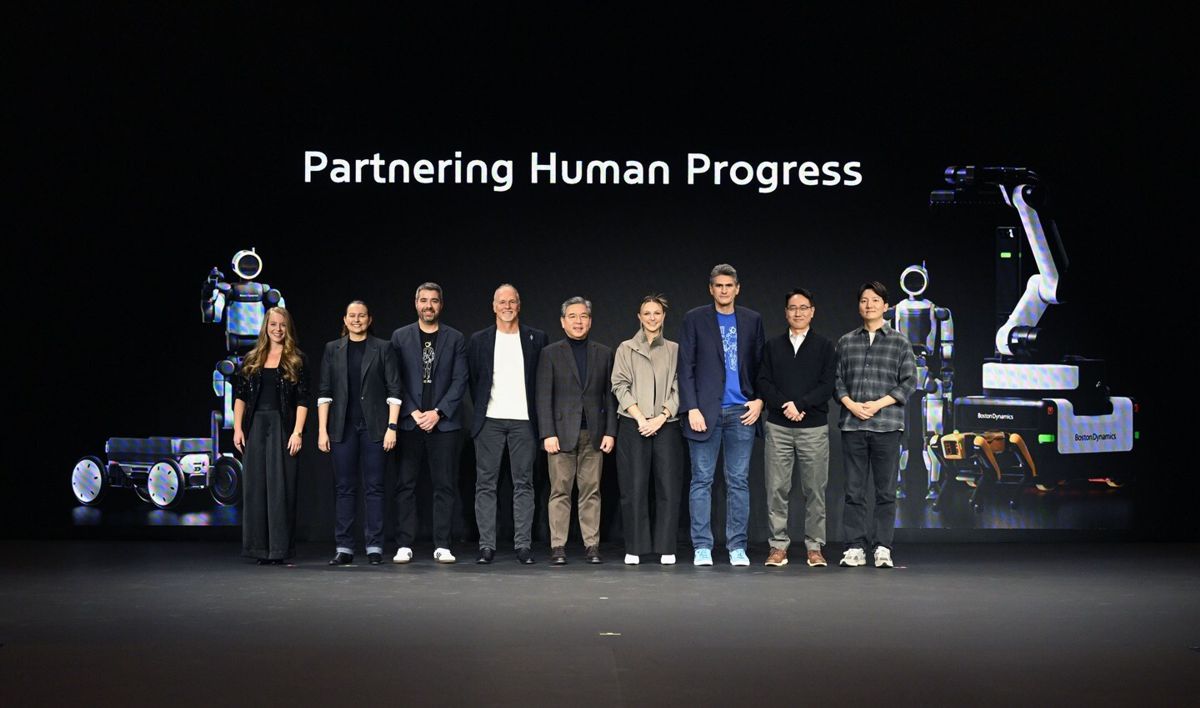Humanoid Construction Robots are the Dynamic Workforce of the Future
As construction technology advances at a breakneck pace, humanoid robots are emerging as key players in reshaping the industry. These sophisticated machines, developed by major players like Tesla, Boston Dynamics, and Xiaomi, are poised to revolutionise how structures are built, maintained, and even deconstructed.
While the promise of increased efficiency and safety is undeniable, integrating humanoid robots into construction also raises questions about ethics, safety protocols, and the balance between human labour and automation.
A New Age of Construction with Humanoid Robots
Humanoid robots are not merely an incremental improvement in construction technology; they represent a paradigm shift. Designed to replicate human behaviour, these robots are capable of tasks previously limited to skilled human workers.
Their ability to navigate unpredictable environments, use tools, and interact with human counterparts makes them particularly suited for construction sites, where conditions are constantly changing.
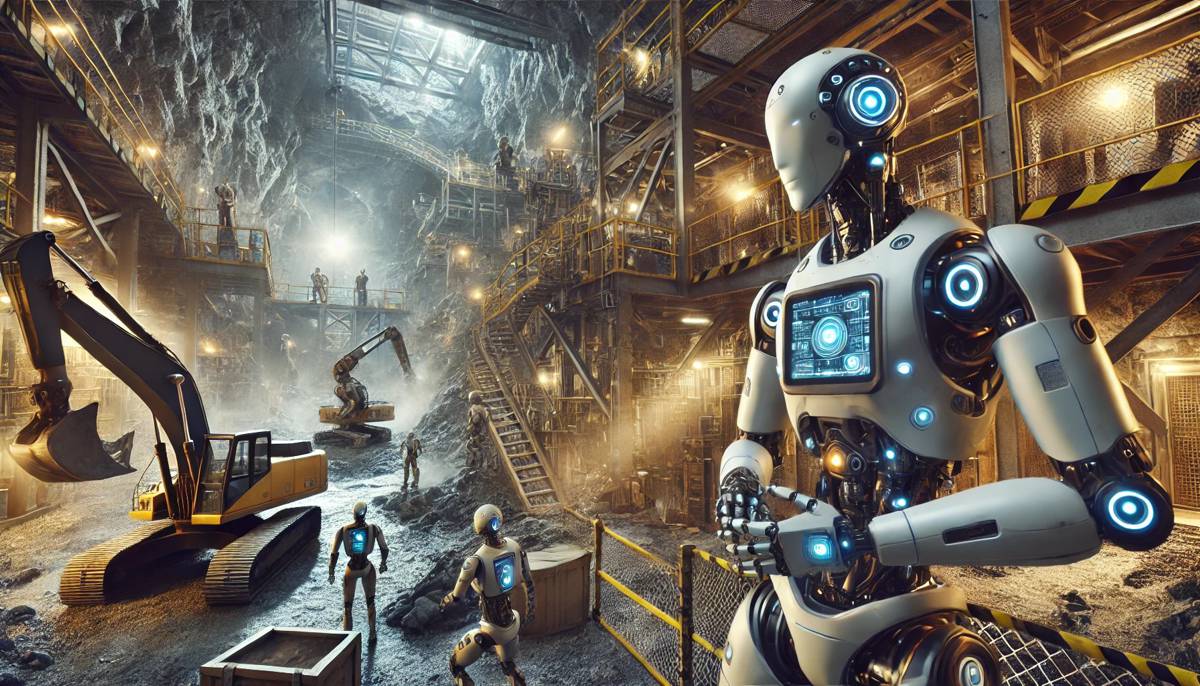
Leading the Charge
- Tesla’s Optimus Robot
Tesla’s Optimus and Bot, introduced with ambitions far beyond the automotive industry, is designed to assist in a wide range of tasks—from factory floors to construction sites. Leveraging Tesla’s experience in AI and robotics, Optimus is expected to evolve rapidly, eventually becoming affordable enough for widespread adoption. While it currently handles basic tasks, the future versions aim to integrate more human-like capabilities, allowing it to perform more complex roles on construction sites.
- Boston Dynamics’ Atlas
Boston Dynamics’ Atlas is renowned for its agility and robustness. Primarily used in research and specialised tasks, Atlas excels in navigation and mobility. It can traverse difficult terrain, making it ideal for inspections, repairs, and handling heavy loads in construction environments. However, its high cost and limited battery life currently restrict its practical applications, though it remains an important indicator of what humanoid robots could achieve in construction.
- Xiaomi’s CyberOne
CyberOne is Xiaomi’s answer to the growing demand for versatile humanoid robots. Although it’s positioned primarily as a general-purpose robot, its adaptability makes it a contender for construction applications. CyberOne’s AI-driven features allow it to recognise human emotions, sense environmental changes, and perform basic tasks, suggesting it could play a role in site management and material handling as it continues to develop.
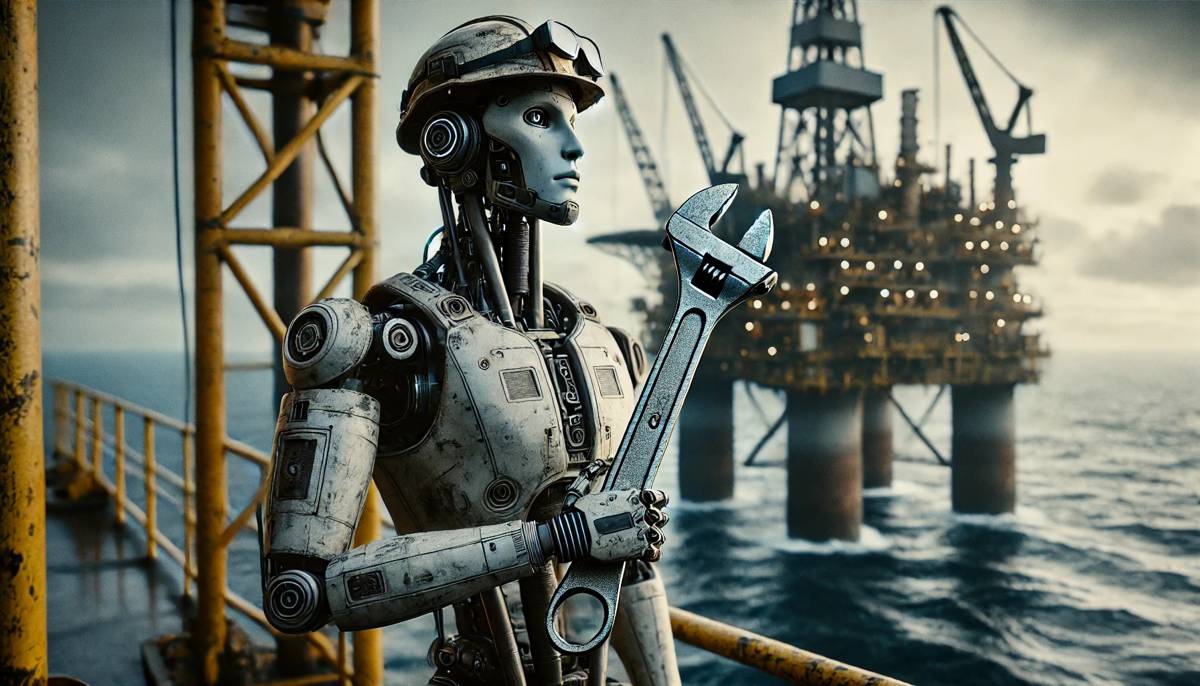
The Ethical Considerations of Robotics in Construction
As humanoid robots take on more responsibilities, ethical considerations come to the forefront. Integrating robots into the workforce raises several important questions:
- Job Displacement vs. Job Creation: The introduction of robots in construction could displace certain jobs, particularly those involving repetitive or hazardous tasks. However, this shift could also create new opportunities in robot maintenance, programming, and AI integration. Striking a balance between automation and human labour is key to ensuring that technological progress doesn’t lead to mass unemployment.
- The Three Laws of Robotics: First introduced by science fiction writer Isaac Asimov, the “Three Laws of Robotics” offer a framework for ethical considerations:
- A robot may not injure a human being or, through inaction, allow a human being to come to harm.
- A robot must obey the orders given to it by human beings, except where such orders would conflict with the First Law.
- A robot must protect its own existence as long as such protection does not conflict with the First or Second Law.
While these laws were initially fictional, they have inspired real-world discussions about ensuring robots are programmed with ethics in mind. As humanoid robots become more integrated into daily operations, particularly in safety-critical environments like construction, these principles—or modern interpretations of them—become increasingly relevant.
- Autonomy and Decision-Making: As robots become more autonomous, questions arise regarding how they should make decisions in complex, real-world environments. For instance, if a construction robot encounters a scenario where safety, efficiency, and ethics are at odds, how should it prioritise its actions?
These dilemmas highlight the need for robust ethical frameworks as robots become capable of making real-time decisions that impact human lives.
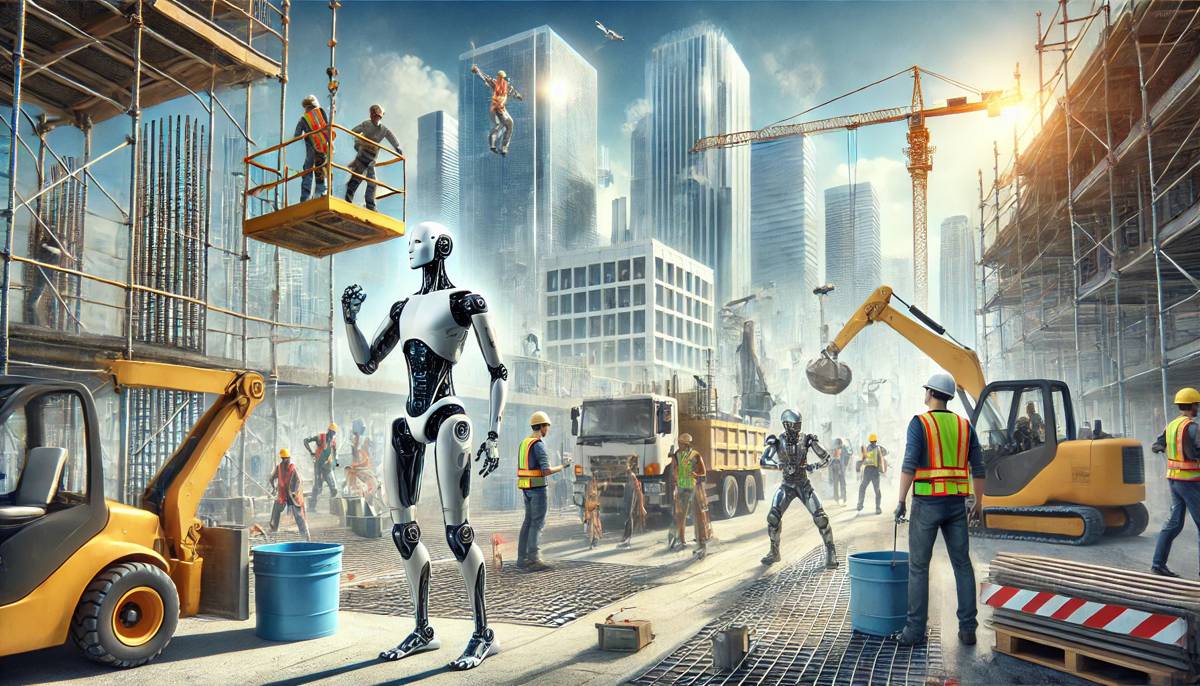
Benefits and Challenges of Humanoid Robots in Construction
The potential benefits of humanoid robots in construction are significant:
- Enhanced Safety: By taking on hazardous tasks—such as working at heights, lifting heavy loads, or handling dangerous materials—robots can reduce the risk of accidents, making construction sites safer for human workers.
- Increased Productivity: Robots like Tesla’s Optimus and Boston Dynamics’ Atlas can operate continuously without fatigue, leading to faster project completion and greater overall productivity.
- Precision and Consistency: Robots can execute tasks with high precision, reducing errors and ensuring consistent quality across large-scale projects.
However, these benefits are accompanied by challenges:
- High Costs and Accessibility: The advanced technology in humanoid robots comes at a significant price, limiting their accessibility for smaller firms. As development progresses and production scales, costs are expected to drop, but for now, this remains a barrier to widespread adoption.
- Ethical Dilemmas: The potential for job displacement, privacy concerns related to AI monitoring, and decision-making autonomy in life-critical situations present ethical challenges that need to be addressed.
- Complex Site Navigation: Construction sites are dynamic and unpredictable, making it difficult for robots to navigate and adapt without constant human intervention. Advanced AI is helping to overcome these obstacles, but fully autonomous construction robots are still a work in progress.

A Collaborative Future Between Humans and Robots
The future of construction is not about replacing human workers but enhancing their capabilities through collaboration with humanoid robots. Skilled tradespeople will still be indispensable, particularly in roles that require creativity, problem-solving, and specialised knowledge. Meanwhile, robots will take on the more dangerous, repetitive, and physically demanding tasks, leading to safer and more efficient work environments.
As AI and robotics continue to advance, the construction sites of tomorrow could see robots and humans working together seamlessly, pushing the boundaries of what’s possible in building design and execution. This human-robot collaboration could lead to faster, more sustainable construction methods and smarter, more resilient infrastructure.
A Promising Future for Humanoid Robotics in Construction
Humanoid robots represent a transformative force in the construction industry. Companies like Tesla, Boston Dynamics, and Xiaomi are leading the charge, showcasing the potential for robots to make construction safer, more efficient, and more adaptable to the needs of the modern world.
As ethical considerations are addressed and technological barriers overcome, the collaboration between humans and robots is set to redefine the construction landscape for the better.










